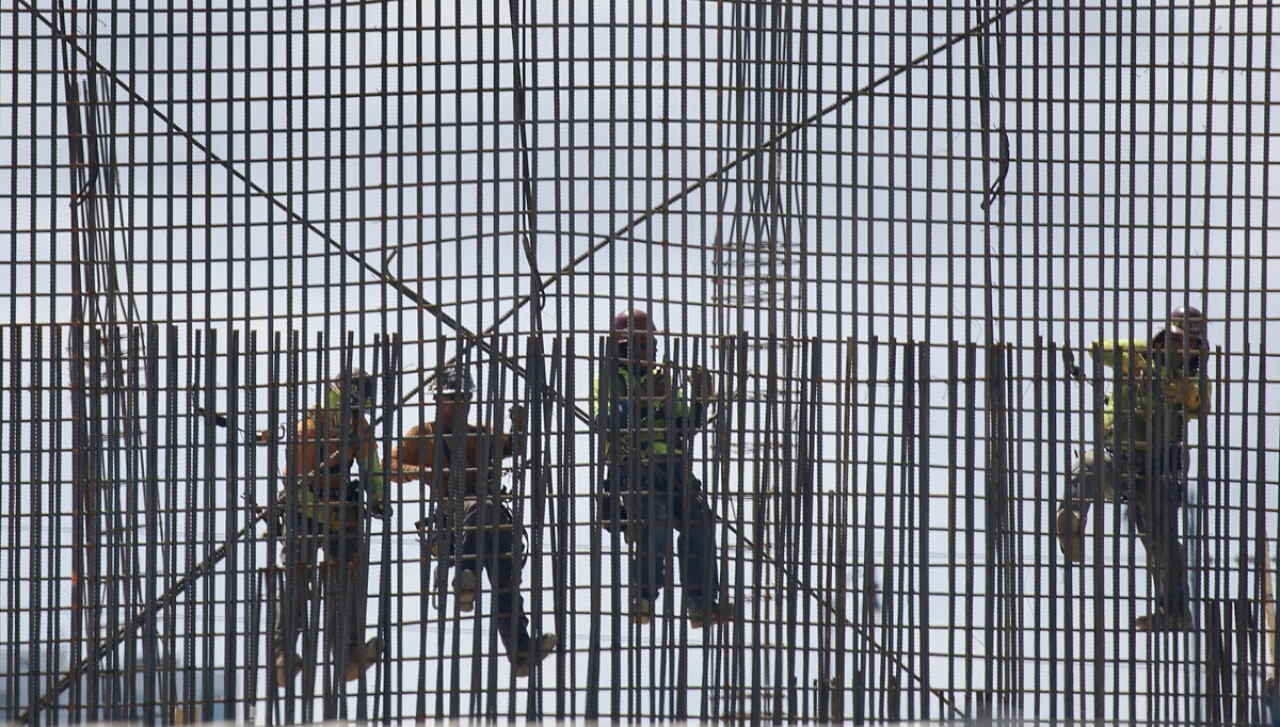Mexico
To take advantage of nearshoring and attract foreign direct investment, work must be done on clean energy, training the population in new technologies, as well as mobility and security infrastructure, Ricardo Haneine highlighted.
He argued that gross fixed investment must be increased to 22% compared to the current 18% gross domestic product (GDP), but it must be investment in productive infrastructure, such as the trans-isthmic corridor. In addition, it is necessary to invest in education and training of the population in new technologies.
Last year, of the 39,259 million pesos in the budget for public investment, Mexico allocated 56.4% to Pemex, 20% to energy, another 12.2% to communications and transportation, 5.9% to the Isthmus of Tehuantepec; the rest went to health, the Army and the port administration, explained Ricardo Haneine.
When asked if it is possible to reach 42,000 million dollars of direct foreign investment for this year, Haneine commented that it is possible, however, he recalled that space is needed in industrial warehouses for the arrival of new companies. “There is a lot of potential,” he said.
He announced that by 2030 foreign direct investment in Mexico will be between 40,000 and 50,000 million dollars.
regional globalization
The Kearney report considered that globalization will not stop, however, it will point towards shorter production and supply chains.
“We see that globalization is the central element to continue to promote and be the central element of foreign direct investment. Two-thirds of our respondents anticipate an increase in globalization in the next three years,” Haneine noted.
However, he specified, it will be a more regional globalization, with a more local presence of investments, with strategies to increase self-sufficiency and have more resources and be less vulnerable to shocks, such as the one caused by the coronavirus pandemic or the war in Ukraine.












